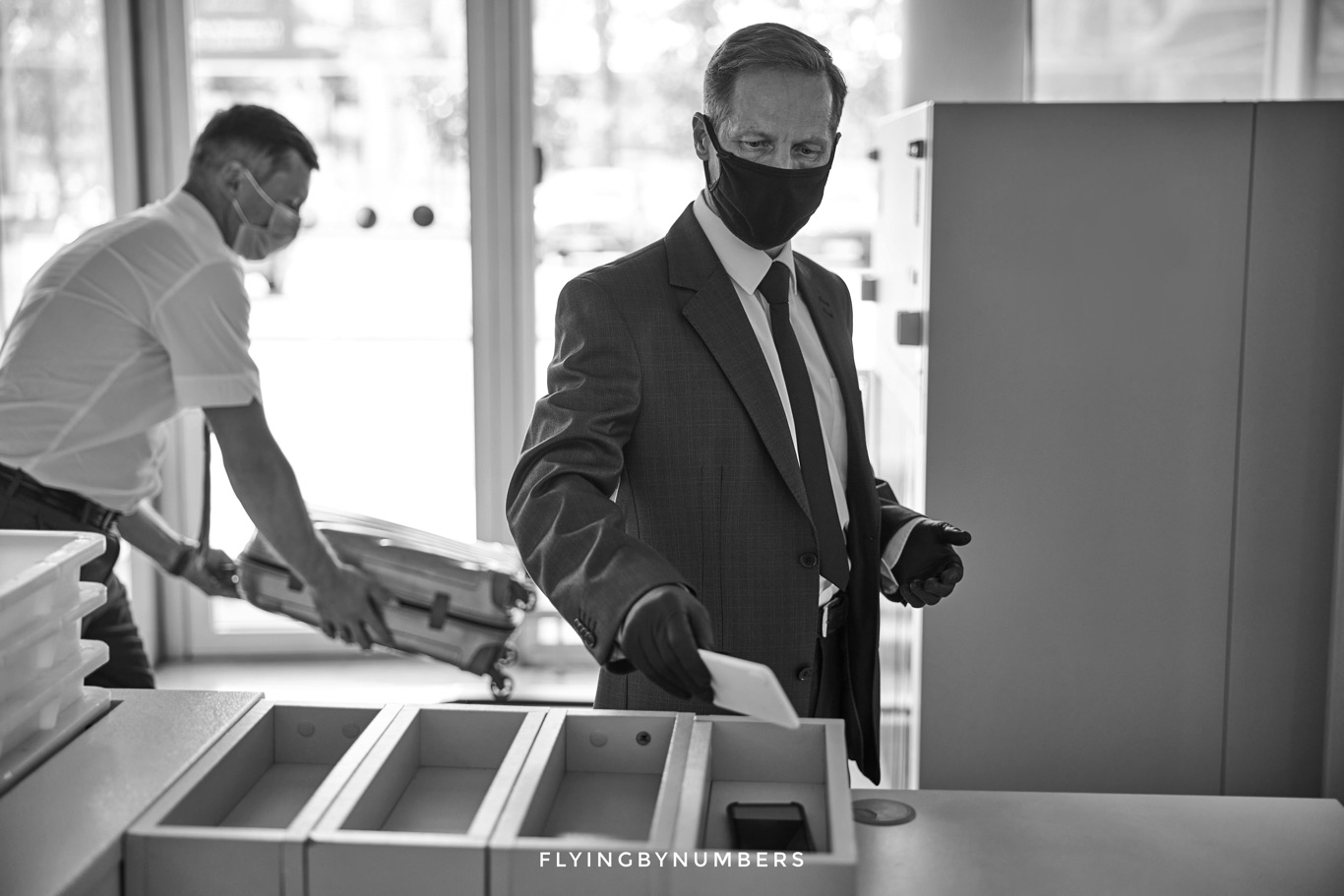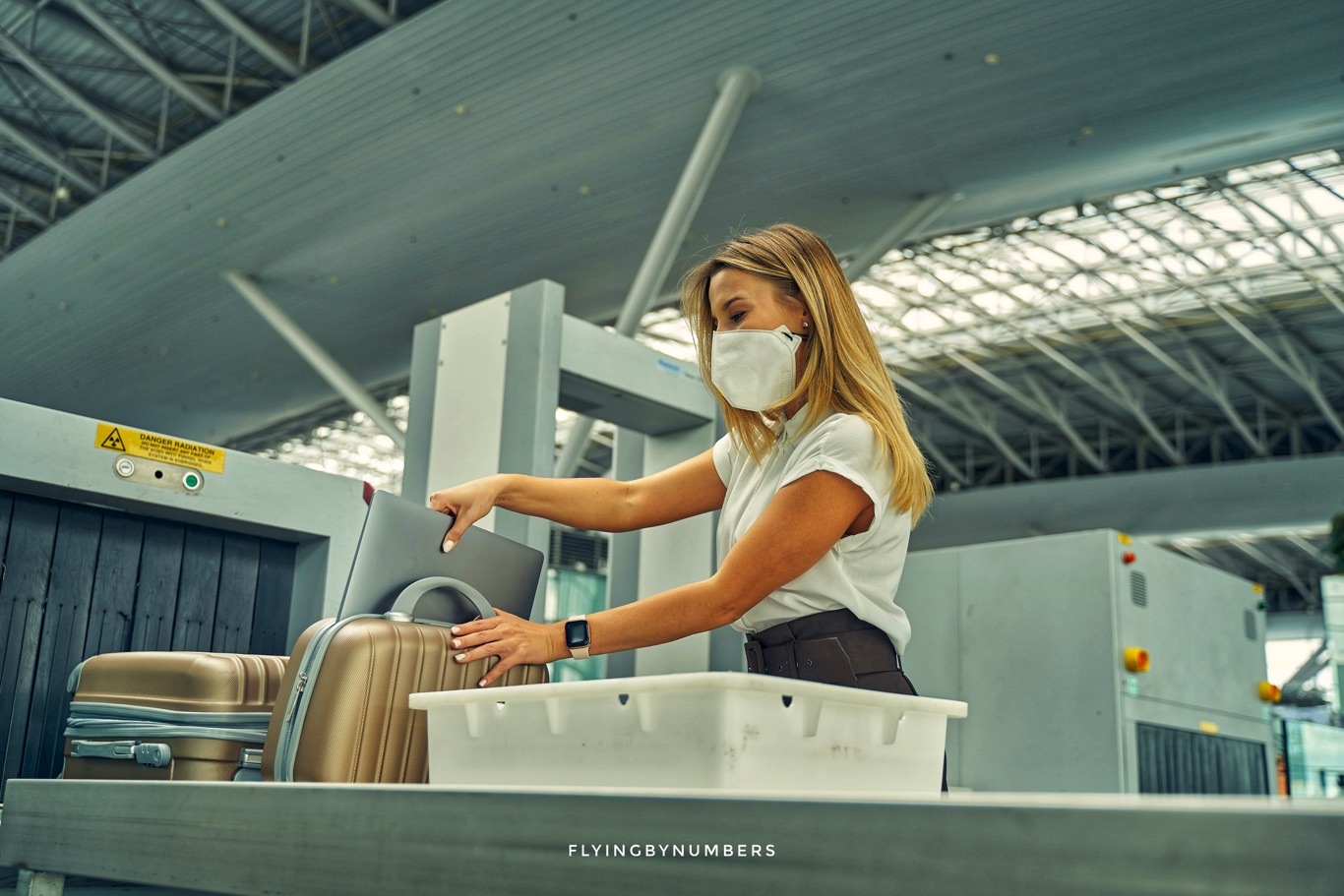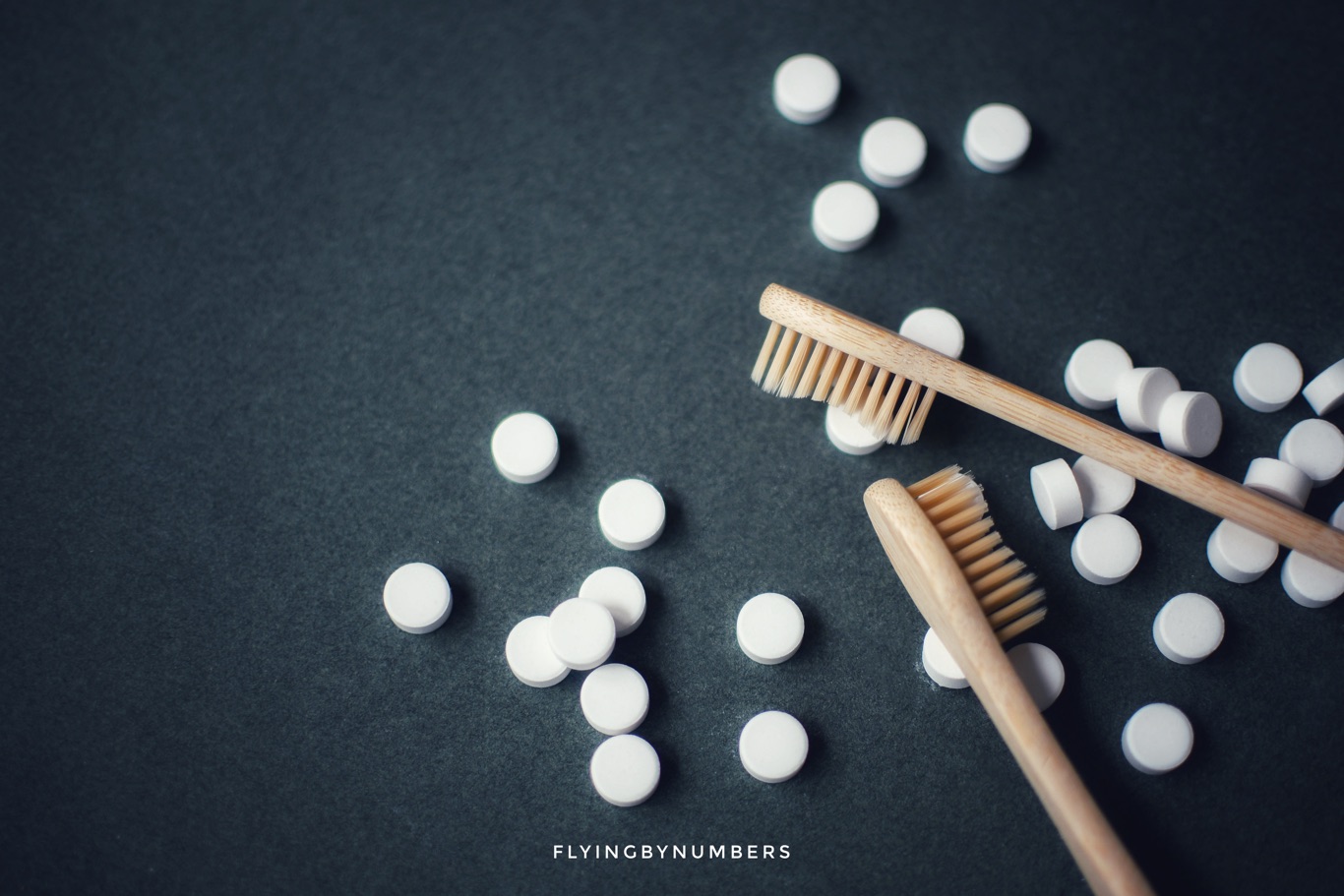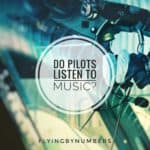Anyone who has flown on a commercial airplane in the last couple of decades, will know that passing through airport security can be one of the most frustrating parts of the entire travel experience.
In fact, airport security are so loathed by members of the public, the TSA have even started a YouTube channel to try to humanise their workers!
Lately, the TSA has been adding to its series of YouTube videos that seem to aim to humanise employees (because, to be fair, it’s not their fault) and shine a little more flattering light on the administration as a whole.
The TSA’s YouTube Series Wants to Increase Awareness — INVERSE
But is this experience solely for the passengers — what about the airline pilots themselves? Do they get a free pass through security because they’re responsible for flying the plane — or are they subjected to the misery like the rest of the passengers?
Interestingly, the security rules passengers are subjected to apply to everybody onboard the aircraft. Passengers, flight attendants, and pilots alike!
Why do pilots go through security?

So, why do we force our pilots to undergo the security procedure? The official reasoning is that it keeps everyone the same. Modern airports are divided into two zones, with no mixing between them allowed.
Airport security is a one-size-fits-all procedure applied to everybody who goes airside. And we mean everybody. From the pilots, to the baggage handlers and everyone in between — even airport police with guns — have to pass through security!
It’s also a last opportunity for observing behaviour before airline staff get onboard an aircraft. Security staff are alert for suspicious actions, which may indicate intoxication from drugs or alcohol. While rare, it does happen, and there have been incidences of security staff spotting intoxicated crew members, reporting them for drug and alcohol testing.
The co-pilot was caught after security noticed he smelled strongly of alcohol, seemed drunk and had “glazed eyes”
Japanese pilot jailed for drinking before flight from Heathrow — The Guardian
Why don’t we see pilots and flight attendants at security?
Now, you might be wondering why you don’t see pilots and cabin crew going through security checkpoints like other passengers. The answer is simple — they often have dedicated staff security lanes.
Just like other airport staff, pilots, and cabin crew typically have access to special security checkpoints that are separate from the ones used by the public.
It’s for a good reason, too. Airport security queues frequently hit the headlines for the delay and stress that they place on the travelling public.
Imagine the additional inconvenience if thousands of workers that work airside, kept pushing to the front of passenger security channels when their working day starts or ends!

In addition, unlike the travelling public, who are advised to get to the airport 2–3 hours before a flight, pilots, and flight attendants have strict duty hour limits. They typically only start their shifts for the longest flights an hour or so before departure. As a result, it is crucial they aren’t held up in security queues, as their flights might be at risk of cancellation if their duty limits are breached.
Summary
The next time you’re grumbling about having to take off your shoes and empty your pockets at the security checkpoint, remember that even pilots have to go through the same process.
Is it a necessary inconvenience to ensure the safety of everyone on board the plane? Or is this an example of security theatre designed to reassure a nervous public and prop up a growing travel-size toiletries industry?
We don’t know the exact answer to that. But, you can take comfort in the fact that when you finally reach the aircraft door, your pilots, and flight attendants know the ordeal you have been through to make it this far. Oh, and we have to buy those expensive miniature toiletries too!






